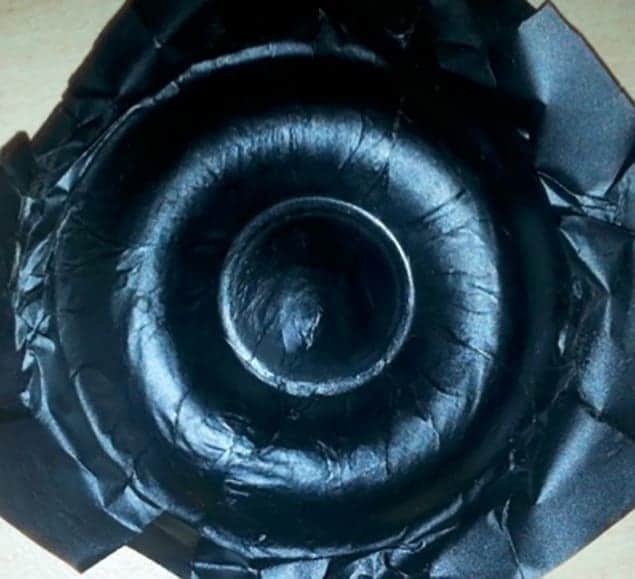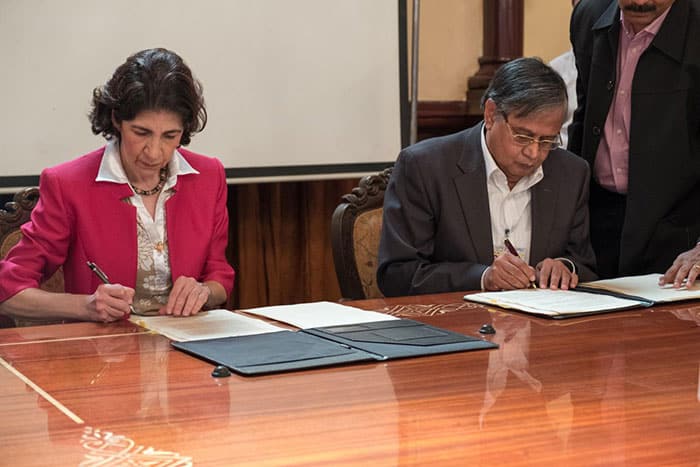Flash Physics is our daily pick of the latest need-to-know developments from the global physics community selected by Physics World‘s team of editors and reporters

“Consumer-ready” loudspeaker is made from graphene oxide
The first “consumer-ready” loudspeaker made from graphene oxide has been unveiled by the Canada-based company ORA. Researchers at the start-up company made their loudspeaker from a grapheme-oxide-based composite material dubbed GrapheneQ. The material has properties similar to pristine graphene, which is a sheet of carbon just one atom thick. GrapheneQ is made by reducing graphene and then adding a proprietary blend of cross linkers to make the composite. The material is designed to have a low “Q resonance”, which means that it requires less damping (especially at low frequencies) than commercial devices to prevent unwanted frequency responses. This means that the device can operate at just a few nanoamps and so uses much less power than conventional speakers – a real advantage if it were to be employed in portable devices. Less damping at lower frequencies also means that the bass and treble response are both extended, which drastically improves the fidelity of the music being reproduced. “GrapheneQ is also very inexpensive to produce (membranes cost as little as $0.02 in raw materials), is easily shaped into 3D forms, and is scalable,” explains ORA co-founder Xavier Cauchy. A longer version of this article first appeared on nanotechweb.org.
ITER council endorses new “baseline” schedule
The ITER Council has approved an updated schedule for the huge fusion experimental facility that is currently being built in Cadarache, France. At a meeting held from 16 to 17 November, the council approved the plan that was proposed by the ITER organization earlier this year with first plasma set for 2025 – a delay of five years – and ITER only moving onto deuterium-tritium fuel in 2035. ITER is a collaboration between China, the EU, India, Japan, Russia, South Korea and the US that aims to demonstrate that nuclear fusion can generate useful energy. It will involve a giant doughnut-shaped chamber, known as a tokamak, which will use strong magnetic fields to contain a heated plasma of deuterium and tritium at a temperature of tens of millions of degrees so that atomic nuclei collide and fuse. In theory, the reactor will produce 10 times the power it takes to heat it. The slip in the schedule was initially announced in June after French nuclear physicist Bernard Bigot, former head of France’s Alternative Energies and Atomic Energy Commission, was brought in as ITER director general in 2015 to shake up the organization and draft a credible schedule. In its November meeting, ITER Council reported that all 19 project milestones for this year had been completed on time and on budget.
India will become associate member state of CERN

An agreement that will see India join CERN as an associate member state has been signed by CERN director general Fabiola Gianotti and Sekhar Basu, who is secretary of the Department of Atomic Energy (DAE) of the Indian government. Associate membership will allow India to take part in meetings of the CERN Council and Indian physicists will be eligible for staff appointments at the lab. Indian companies will also be able to bid on CERN contracts. Indian physicists have been involved with the Geneva-based particle-physics lab for more than 50 years, and in 1996 the Indian Atomic Energy Commission contributed to the construction of the Large Hadron Collider (LHC) as well as the CMS and ALICE experiments. The country also hosts Tier 2 centres of the LHC Computing Grid in Mumbai and Kolkata. India was granted observer status at CERN in 2002 and the DAE has since been involved with a number of facilities and experiments at CERN including the ISOLDE radioactive ion-beam facility. “Becoming associate member of CERN will enhance participation of young scientists and engineers in various CERN projects and bring back knowledge for deployment in the domestic programmes,” says Basu. India’s membership will begin once the agreement gains final approval from the Indian government.
- You can find all our daily Flash Physics posts in the website’s news section, as well as on Twitter and Facebook using #FlashPhysics. Tune in to physicsworld.com later today to read today’s extensive news story on an atomic gravimeter on a chip.



